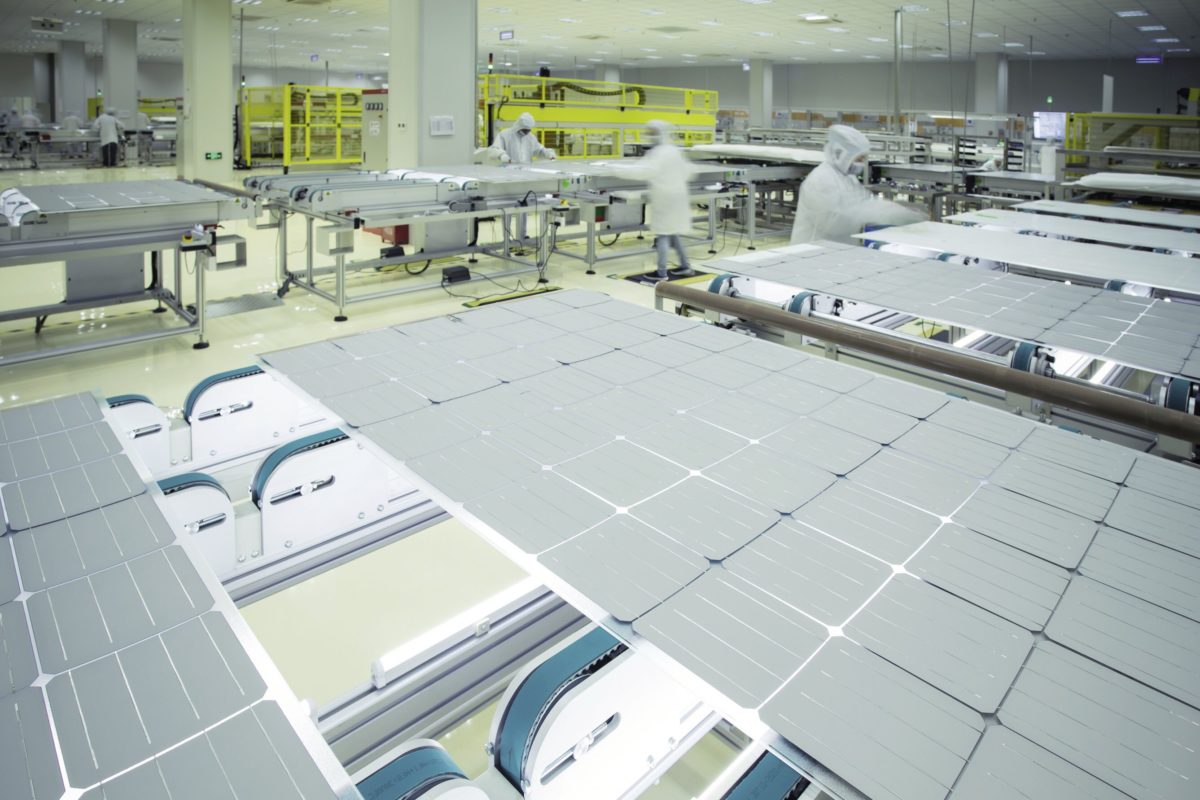Bifaciality refers to the ability of a solar cell to absorb light from both sides, not just the front. This is a desirable characteristic because it means that the cell is able to generate more power from the same amount of sunlight than a traditional one-sided solar cell.

LONGi Solars has been developing high-efficiency solar cells for years, always pushing the boundaries of what is possible in terms of solar energy production. The recent announcement from the National Center of Supervision and Inspection on Solar Photovoltaic Products Quality (CPVT) is proof of this ongoing work.
The independent test report showed that LONGi Solars' bifacial PERC monocrystalline cells achieved a world record bifaciality of 82.15%. This is significantly higher than the bifaciality of bifacial PERC cells currently on the market, which is about 75 percent. This means that LONGi Solars' cells are able to generate more power from the same amount of sunlight and are therefore more efficient.
So why is this important? Well, as solar energy becomes more important as a source of renewable energy, the efficiency of solar cells becomes increasingly important. This is because the more efficient a solar cell is, the more power it can generate, and the more cost-effective it becomes.
In addition, the high bifaciality of LONGi Solars' cells means that they are much more versatile than traditional one-sided solar cells. This is because they can be installed in a variety of locations, including on the ground, on rooftops, and even on walls or other vertical surfaces. The ability to generate power from both sides of the cell means that they can be placed in locations that receive less direct sunlight, or even in locations that are shaded for part of the day.
Overall, the world record bifaciality achieved by LONGi Solars' bifacial PERC monocrystalline cells is a significant milestone in the development of high-efficiency solar cells. With the increasing importance of solar energy as a source of renewable energy, this new technology will help to make solar power more efficient, cost-effective, and versatile, enabling it to play an even greater role in the transition to a renewable energy future.